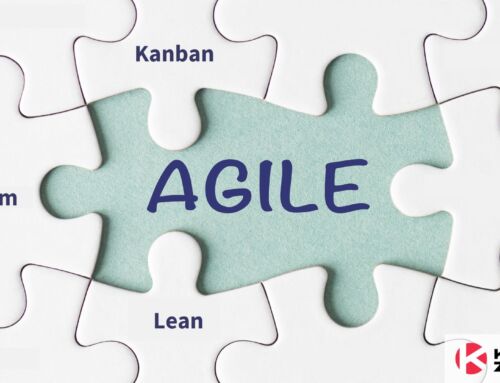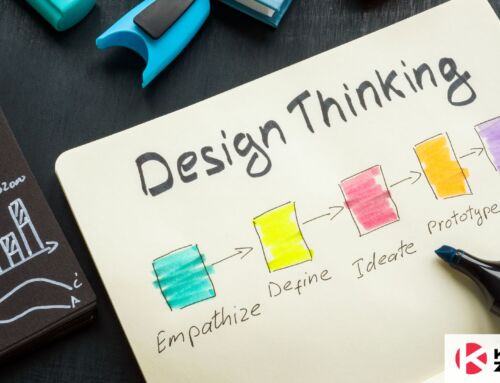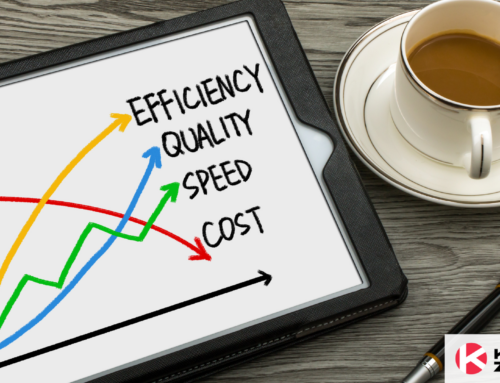
Consider this scenario
From the earliest school days, it is interesting to see the different ways that kids, grown-ups, and young adults organize themselves around the different tasks that each has to do: some work extremely hard day by day and want to have the best grades possible. Others find studying boring and prefer the fun side of things, making them never really care for school or make an effort to get decent grades. Others may just get lucky and not really need to study for tests and exams. Things would have become a bit different when considering group projects.
Every teacher would have given their share of assignments for students to deliver. Replicate that by how many teachers each of the students had and with that many assignments, what this would mean in the end is that you and your mates would have to come up with an idea that would turn out to be great and get something delivered in time for its deadline.
In the end, this would mean that a miracle would have happened if everyone came to an agreement and the effort was divided equally. But it would probably come down to a “one-man-show” for most of the work. If a student isn’t lucky enough to learn about different ways for them to organize themselves, it is likely that with many assignments and activities to be done, this person will run out of steam.
Many tools are available. According to the neuroscience aspects of the work, it takes 23 minutes and 15 seconds to get focus back in between tasks: many are the apps and tools that people need to have and address to complete work – if a person is not careful, these tools can easily become distractions. According to Gartner, desk workers needed, on average, 6 apps to complete the work in 2019.
Nowadays, desk workers need, on average, 11 apps to complete and deliver work. Not only this, but research shows that the average human brain is becoming more tired – today, the average human attention span is 8.25 seconds, which corresponds to 4.25 seconds less than the year 2000.
As Dr. Delia McCabe suggests, some actions can help you in this matter, such as lowering the multi-tasking of your work, reducing the number of communication platforms, and also establishing a specific time to check the emails, which in the end it can help you reduce the amount of times you go check the email if something had changed – this is important because in average, people go check the email between 74 and 435 times per day (!!! – imagine what you couldn’t do with that time).
To organize yourself around this, you and your team might come to realize that a new way of working is needed, but usually, you don’t mention that since the early days, the times that people tell you WHAT to do is greater than the times that you are told HOW to do it. So, later in life, you might turn your attention to trying to find something that can help you manage your daily work.
The truth is that having a better way of working won’t do your work for you. However, it can help you make better decisions, reunite important information you need regarding your work, and improve the effectiveness of your decision-making actions. You may find practices or methods, or even your company/team has decided to adopt one, but in the end, how do you choose? These can have different origins, one of which tends to improve collaboration and transparency is Kanban.
What is Kanban, and where can Kanban help you?
From the Lean way brought by Mr. Toyoda at Toyota and other operating units, the Lean way optimized the way cars were produced. Throughout the years, many other industries joined in to adopt the Lean way of working due to its benefits – production effectiveness, inventory management, and error reduction, to name a few.
One particular method that was later introduced is the Kanban Method, created by Taiichi Ohno: “The Kanban way of working was a practice that emerged from Lean and which was marvelous due to its visual management of the current state of the work, and help people keep track of their work. The word Kanban has 2 different meanings: In Japanese, the word means “visual card”; in Chinese, it means visual board.
In essence, the Kanban Method embedded both. This way of working leads to better communication and information sharing. It can also lead the way towards reducing expenses via optimizing the workflow, which, in the end, means better efficiency of processes and a minimized risk.
Nowadays, we live in the Mentofacturing age: As factories are being automated, the vast majority of people deal with intangible work nowadays – knowledge work that is replacing the average work type being executed. So, one question has arisen: how about applying the same practice to another type of work? Back at Microsoft, this method was introduced for better work management. The results were astonishing:
- The delivery rate of change requests increased by 230%.
- The lead times fell from an average of 5.5 months to a mere 12 days.
- On-time performance rose to 98%.
Based on this, and to help the most interested in this theme, The Agile Thinkers created a board to help you take your first steps towards adopting this way of working. Based on our experience, our main goal with this board is to help you keep track of the most important things to do and to prioritize them according to your needs.
How to use this board?
We first invite you to look at the board as a complete thing:
A couple of things might have caught your eye right away:
First, it is divided into different layers. Considering your business, you might want to consider the types of tasks that you perform. For example, if you are a marketing team responsible for controlling the promotion content for different brands, you might consider dividing the board for the different brands you have to manage. If you have a small clothing shop, you might divide it into the different segments of your business, and so on.
Second is the entire structure of the board: it’s time-based. By looking at it this way, you can have more predictability about “what work comes next” and manage the different expectations of your stakeholders while increasing the visibility needed to prevent you from forgetting about tasks or leaving tasks undone. Limiting the number of items in each column will help you limit your daily work – it is expected that the number varies according to the team structure and the number of people in your team – and make your life easier when one task is done, by answering the question: what comes next?
The third, which probably caught you unnoticed the most, is that this should be the place for upcoming cards driven by retrospective moments. Teams need to take time in their agenda to plan what work comes next, understand how the plan went, and know more about what adjustments might be made to improve their current way of working – close the cycle. The retrospective moments are destined to think and bring new improvement ideas. Take the ones that you feel make the most sense in your context. It’s better for you to understand.
In a couple of sections, you will get information for different moments and meetings in which you and your team gather to discuss the work and how people can work better together. Those moments will (or at least should) result in actionable points that could bring added value to the organization. Many sources and resources are available for conducting your retrospective sessions.
The beautiful thing is that, in these moments, we don’t know what conclusions and takeaways will come from these – sometimes you just have to go with the flow – and remember not to rip the conversation apart just because you have to follow the structure you previously defined (Yes, you do need to be agile).
Start this journey of continuous learning and improvement with this board. Remember that you are free to add layers if you need to to ensure this is adapted to your current way of working. If you need to delete and insert one again, it’s ok to do that as long as it makes sense. Get ready to start this journey, and do not forget to pin the Agile Thinkers you advise on your path.
Learn to Work Smarter, Not Harder!
Get our top articles weekly.
Table Of Contents
Discover many more posts…








